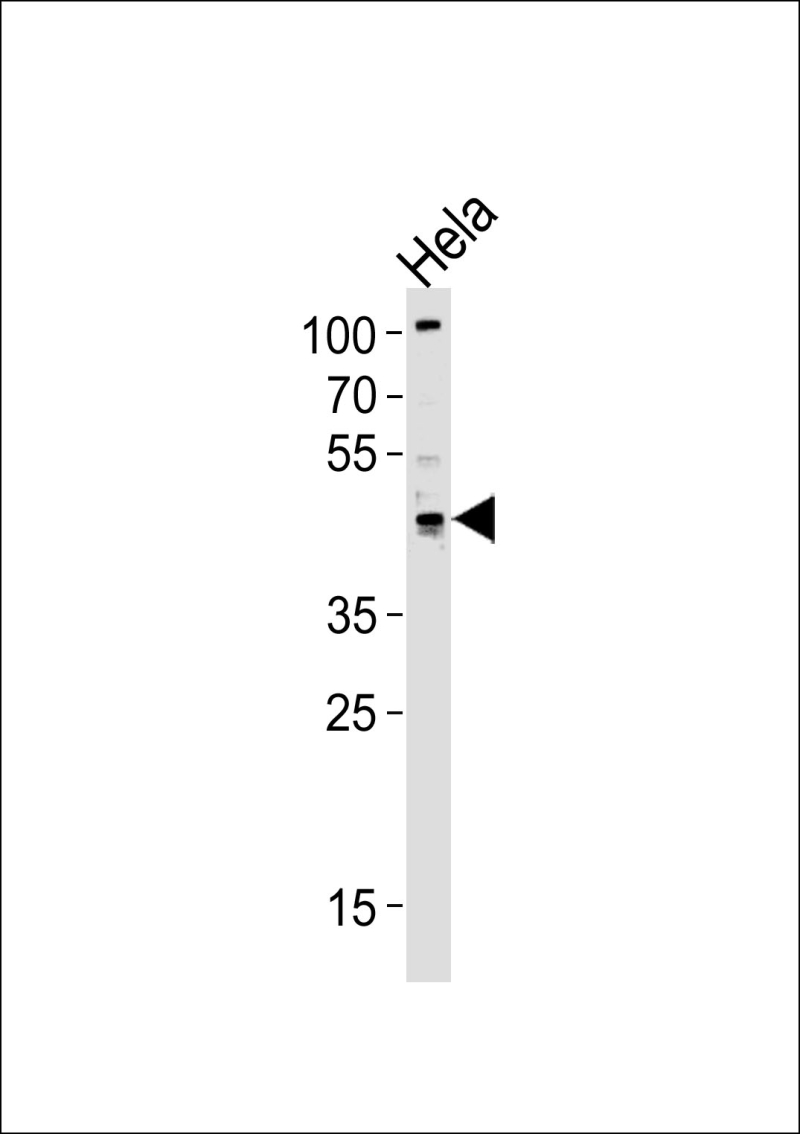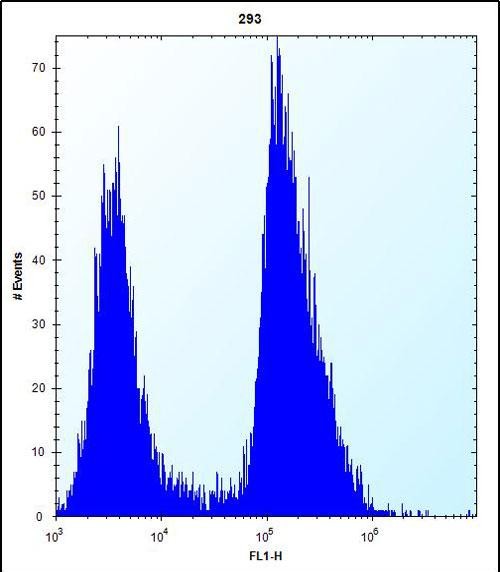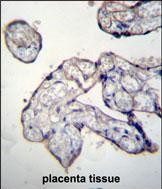


| WB | 1/1000 | Human,Mouse,Rat |
| IF | 咨询技术 | Human,Mouse,Rat |
| IHC | 1/100-1/500 | Human,Mouse,Rat |
| ICC | 技术咨询 | Human,Mouse,Rat |
| FCM | 1/10-1/50 | Human,Mouse,Rat |
| Elisa | 咨询技术 | Human,Mouse,Rat |
| Aliases | Pachytene checkpoint protein 2 homolog, Human papillomavirus type 16 E1 protein-binding protein, 16E1-BP, HPV16 E1 protein-binding protein, Thyroid hormone receptor interactor 13, Thyroid receptor-interacting protein 13, TR-interacting protein 13, TRIP-13, TRIP13, PCH2 |
| Entrez GeneID | 9319 |
| WB Predicted band size | 48.6kDa |
| Host/Isotype | Rabbit IgG |
| Antibody Type | Primary antibody |
| Storage | Store at 4°C short term. Aliquot and store at -20°C long term. Avoid freeze/thaw cycles. |
| Species Reactivity | Human |
| Immunogen | This TRIP13 antibody is generated from rabbits immunized with a KLH conjugated synthetic peptide between 363-392 amino acids from the C-terminal region of human TRIP13. |
| Formulation | Purified antibody in PBS with 0.05% sodium azide,1%BSA and 50% glycerol.prepared by Saturated Ammonium Sulfate (SAS) . |
+ +
TRIP13 (Thyroid Receptor-Interacting Protein 13) is a member of the AAA+ ATPase family, known for its critical roles in regulating mitotic checkpoint signaling, DNA repair, and meiotic recombination. Initially identified as a coactivator of thyroid hormone receptors, TRIP13 has since been shown to interact with key proteins like MAD2 and p31comet to modulate the spindle assembly checkpoint (SAC). It facilitates the disassembly of the mitotic checkpoint complex (MCC), enabling cell cycle progression from metaphase to anaphase. Structurally, TRIP13 adopts a hexameric ring configuration, utilizing ATP hydrolysis to remodel client proteins.
In DNA repair, TRIP13 participates in resolving Holliday junctions during homologous recombination, working alongside homologs like GEN1 and SLX4. Dysregulation of TRIP13 is implicated in cancer pathogenesis, with overexpression observed in various malignancies (e.g., breast, liver, and lung cancers), correlating with poor prognosis, chemoresistance, and genomic instability. Its role in destabilizing tumor suppressors (e.g., REV7) highlights its oncogenic potential.
TRIP13-specific antibodies are essential tools for studying its expression, localization, and interactions in cell cycle regulation and cancer biology. They are widely used in techniques like Western blotting, immunofluorescence, and co-immunoprecipitation. Research into TRIP13 inhibitors, leveraging these antibodies, aims to develop targeted therapies to counteract its pro-survival functions in tumors.
×